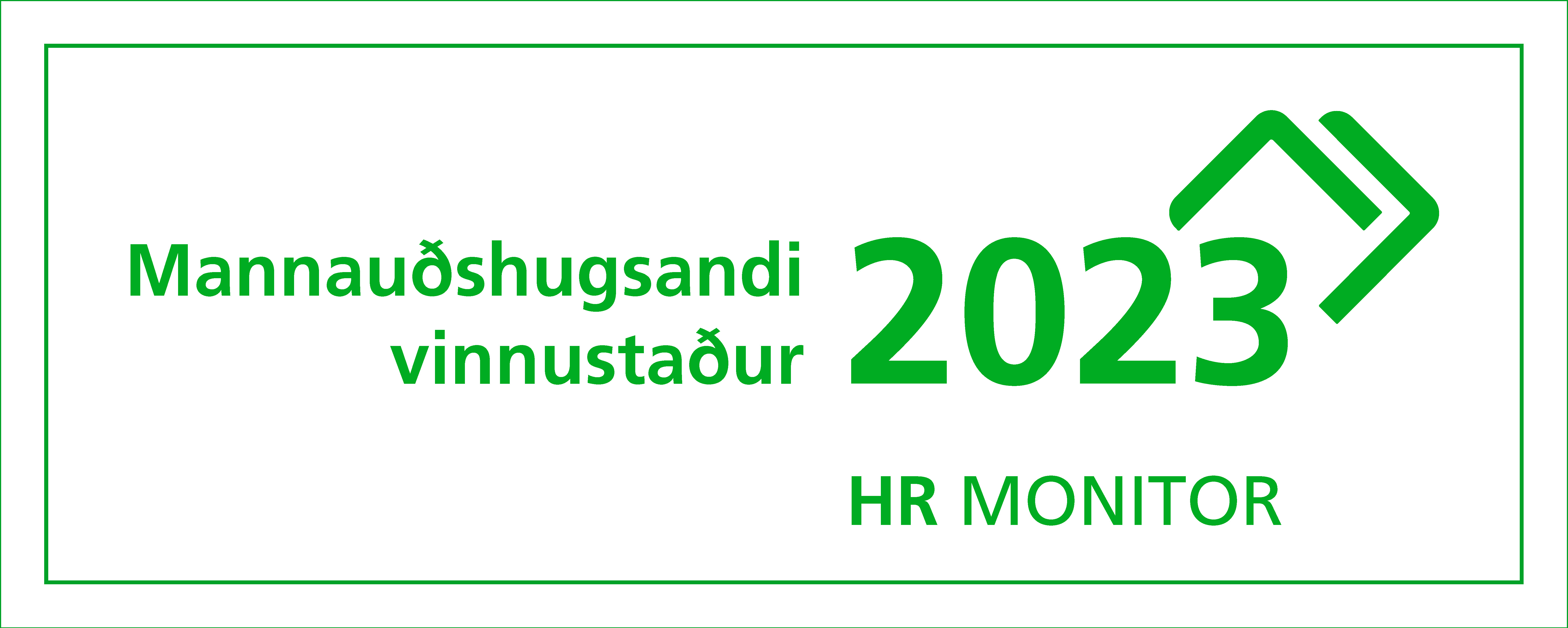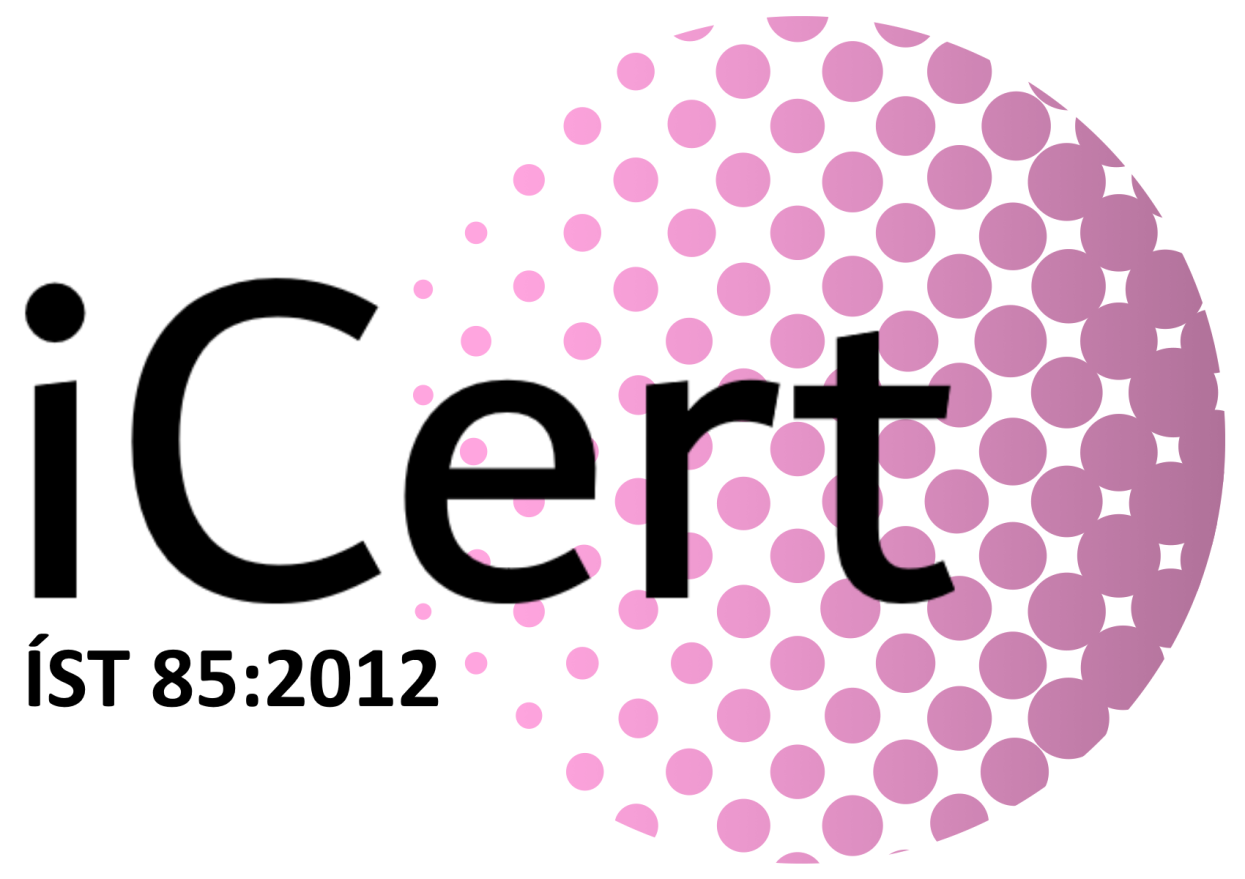- Skólinn
- Saga skólans
- Einkunnaorð og gildi FSN
- Skólanámskrá Fjölbrautaskóla Snæfellinga
- Tuttugu ára afmæli Fjölbrautaskóla Snæfellinga 30.ágúst 2024
- Stefnur
- Áætlanir og markmið
- Innra og ytra mat
- Nefndir og ráð
- Nemendur og forráðamenn
- Skóladagatal
- Skólinn
- Starfsfólk
- Þróunarverkefni
- Fjarverur í FSN 2019
- Frá hugmynd að veruleika
- FSN - leiðandi til framtíðar?
- Hæfnimiðað nám
- Kynjafræði, kynheilbrigði og klám
- Upplifun kennara af innleiðingu breyttra kennsluhátta
- Þróun námsmats við Fjölbrautaskóla Snæfellinga
- Áfangi í réttarvísindum kenndur í FSN
- Rafræn stoðþjónusta 2020-2023
- Stórsveit Snæfellsness
- Innleiðing gervigreinar í námi og kennslu.
- Fyrrverandi nemendur
- Námið
- Þjónusta
- Fjarnám
- Erlent samstarf
- Science around us - Erasmus +
- Every teacher flipped - Erasmus + 2018 - 2020
- all4rights. human rights -Erasmus+ 2019
- Europeans are ready to heal - Erasmus+ 2018
- TEEN TV - Comenius 2010 - 2012
- SNÆ 2005 - 2009
- Food for thought - EEA Grants - Uppbyggingarsjóður EES
- AFS og ERASMUS á Íslandi
- Fjölbrautaskóli Snæfellinga er UNESCO-skóli
- Kynning á Fjölbrautaskóla Snæfellinga
- Tuttugu ára afmæli Fjölbrautaskóla Snæfellinga 30.ágúst 2024
Saga Fjölbrautaskóla Snæfellinga
SAGA FJÖLBRAUTASKÓLA SNÆFELLINGA
Fjölbrautaskóli Snæfellinga, FSN var stofnaður árið 2004 og hófst kennsla sama haust. Markmið skólans er að skapa metnaðarfullt námsumhverfi þar sem komið er til móts við þarfir hvers og eins með sveigjanlegu skipulagi. Einnig er lögð áhersla á persónuleg samskipti starfsfólks og nemenda og að nemendur mæti ávallt alúðlegu viðmóti.


Fjölbrautaskóli Snæfellinga er framhaldsskóli með sveigjanlegt og nýstárlegt námsfyrirkomulag þar sem flest námsrýmin eru opin. Frá stofnun skólans hefur skólinn verið leiðandi í breyttum kennsluháttum með því að nýta sér upplýsingatækni í skólastarfi. Allt skipulag skólans tekur mið af því.
Arkitektar skólans eru Indro Indriði Candi og Sigurður Björgúlfsson hjá VA arkitektum ehf. og er húsnæðið hannað í kringum þá hugmyndafræði sem skólinn byggir á.
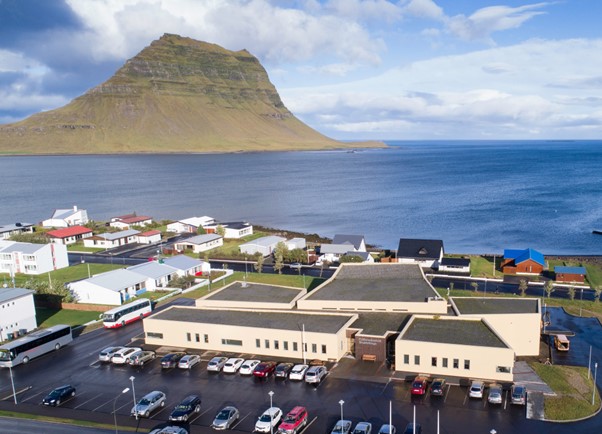
Fjölbrautaskóli Snæfellinga (myndina tók Tómas Freyr Kristjánsson)
Byggingin er eign Jeratúns ehf. sem er einkahlutafélag í eigu Grundarfjarðarbæjar, Snæfellsbæjar og Sveitarfélagsins Stykkishólms. Hlutverk félagsins er bygging og rekstur skólahúsnæðis Fjölbrautaskóla Snæfellinga.
SAGA JERATÚNS
Fjölbrautaskóli Snæfellinga, FSN stendur við aðalgötu Grundarfjarðar þar sem heitir Sigurhæðir. Í daglegu tali gekk bletturinn sem skólinn stendur á undir nafninu Jeratún og var það nafn valið á einkahlutafélagið. Túnið var kennt við Jeremías Kjartansson sem bjó þar í litlu húsi við túnið ásamt eiginkonu sinni, Cecilíu Kristjánsdóttur og börnum.

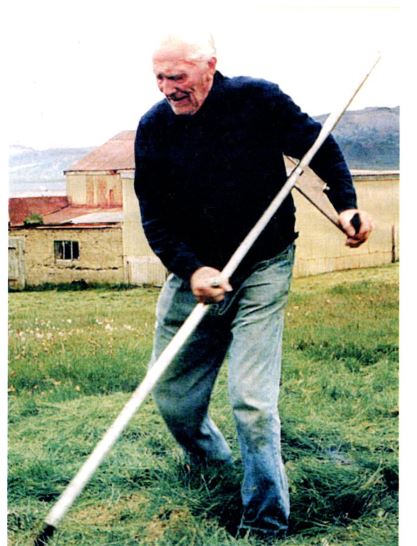
Bærinn Sigurhæðir (mynd i einkaeigu) Jéri með orf og ljá (mynd í einkaeigu)
Hjónin Cecilía Kristjánsdóttir og Jeremías Kjartansson fluttu ásamt börnum sínum frá Þórdísarstöðum út í Grafarnes á sjötta áratugnum. Þar byggðu þau húsið á Sigurhæðum, Grundargötu 44 og voru þar með þeim fyrstu sem byggðu upp þorpið Grafarnes sem nú heitir Grundarfjarðarbær.
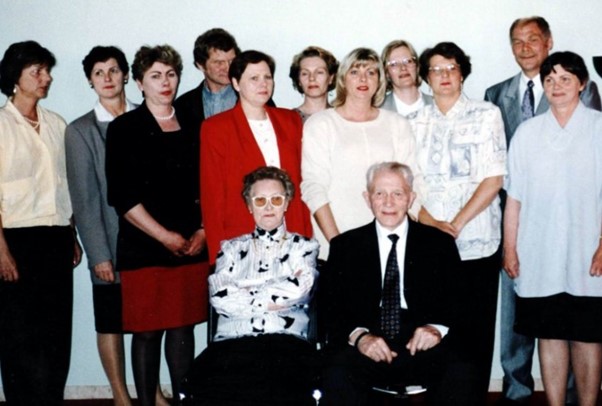
Jeri og Cella eins og þau voru kölluð í daglegu tali eru dæmigerð fyrir fólk sem fluttist úr sveit í bæ, átti mörg börn en þau eignuðust ellefu börn. Móðirin vann úti auk þess að sjá um börn og heimili. Jeri vann sjálfstætt með eigin traktor og loftpressu. Jeri var ávallt með kindur og heyjaði túnið sem skólinn var síðan byggður á. Hann sló ætíð með orfi og ljá þrátt fyrir að flestir bændur hefðu vélvæðst. Síðast voru kindur á Jeratúni árið 2002.
History of Fjölbrautaskóli Snæfellinga.
Fjölbrautaskóli Snæfellinga (FSN) was established in the year of 2004 and teaching begun in the following autumn. The aim of FSN is to create an ambitious educational environment where the needs of the students are met with flexible schedules and innovative teaching methods. Emphasis is on personal interactions and communications between the students and the staff in order to produce a healthy learning environment; this helps promote a healthy and respectful atmosphere.
FSN is an upper secondary school that emphasizes flexible and innovative teaching methods where most of the classrooms are in open spaces. Since the establishment of the school, it has been leading in using alternative teaching methods infused with information technology in the classroom, and most of the education takes aim of that approach.
The school was designed by Indro Indriði Candi and Sigurður Björgúlfsson with VA Architects, and the building was designed with the specific ideology of the school in mind. The building is in the ownership of Jeratún ehf. which is a private limited company owned by the municipalities of Grundarfjörður, Snæfellsbær, and Stykkishólmur. Jeratún’s role is to manage and operate the building of FSN.
History of Jeratún.
FSN is located on the main street of Grundarfjörður, on an old farm formerly known as Sigurhæðir. The location where the building stands was usually referred to as Jeratún (Jera’s Field) and that was the name chosen by the private limited company that owns the building. The field was named after Jeremías Kjartansson who lived there in a small house on the field with his wife, Cecilía Kristjánsdóttir, and their children.
Jeremías, Cecelía, and their children relocated from Þórdísarstaðir to Grafarnes in the sixties. There they built their house at Sigurhæðir, (Grundargata 44) and were among the first people that established the village now known as Grundarfjörður (formerly Grafarnes).
Jeri and Cella, as they were usually called back in the day, are a typical example of people who moved from the countryside to a small village. They had 11 children, the mother had to work along with taking care of the children and the house. Jeri was a private contractor as he owned a tractor and an air compressor. Jeri also owned sheep and kept them on the field where the school building is located. He maintained Icelandic traditions and cut his grass by using a scythe although most of the farmers around had already mechanized. The last time there were sheep on Jeratún was in 2002.
Die Geschichte von FSN und Jeratún
Das Gymnasium Fjölbrautaskóli Snæfellinga, FSN, wurde 2004 gegründet und der Unterricht begann im Herbst. Das Ziel der Schule ist eine anspruchsvolle Lernumgebung zu schaffen, in der die Bedürfnisse aller mit einer flexiblen Struktur erfüllt werden. Besonderer Wert wird auch auf die persönliche Beziehung zwischen Lehrkräften und Schülern sowie auf einen stets lieben und anfeuernden Umgang mit den Schülern gelegt. Das Gymnasium ist eine weiterführende Schule mit einem flexiblen und innovativen Lernsystem, in dem die Lernräume offen sind. Seit der Gründung der Schule ist die Schule führend bei der Änderung von Lehrmethoden durch den Einsatz von Informationstechnologie in schulischen Aktivitäten. Die gesamte Struktur der Schule richtet sich danach.
Die Architekten der Schule sind Indro Indriði Candi und Sigurður Björgúlfsson bei VA Architekten ehf. Das Gebäude wurde nach der Ideologie gestaltet, auf der die Schule basiert. Das Gebäude ist Eigentum von Jeratún ehf. Dabei handelt es sich um eine Gesellschaft mit beschränkter Haftung im Besitz von Grundarfjarðarbær, Snæfellsbær und der Gemeinde Stykkishólmur. Die Aufgabe des Unternehmens ist der Bau und Betrieb des Schulgebäudes von FSN.
Das Gymnasium Fjörlbrautaskóli Snæfellinga, FSN liegt an der Hauptstraße von Grundarfjörður, wo sie Sigurhæðir heißt. Im Alltag hieß der Ort, an dem die Schule steht, Jeratún, und dieser Name wurde auch für die Eigentümergesellschaft gewählt. Das Feld wurde nach Jeremías Kjartansson benannt, der mit seiner Frau Cecilia Kristjánsdóttir und seinen Kindern in einem kleinen Haus am Feld lebte.
Das Ehepaar Cecilía Kristjánsdóttir und Jeremías Kjartansson lebten mit ihren elf Kindern auf Sigurhæðir. Eine große und prachtvolle Geschwistergruppe, wie am besten auf dem Bild zu sehen ist. Die Familie zog in den 1960er Jahren von Þórdísarstaður nach Grafarnes, wo sie in Sigurhæðir, Grundargata 44, wohnte. Damit gehörte sie zu den Ersten, die das Dorf Grafarnes gründeten, das heute die Stadt Grundarfjörður ist.
Jéri und Cella, wie sie im Alltag genannt wurden, sind typisch für Menschen, die vom Land in die Stadt zogen, viele Kinder hatten, sie hatten selbst elf Kinder. Die Mutter nahm am Arbeitsleben teil und kümmerte sich auch um die Kinder und den Haushalt. Jéri fand mit seinem Traktor und seinem Luftkompressor einen Job als Freiberufler. Jéri hatte immer Schafe und machte Heu auf dem Feld, wo später die Schule gebaut wurde. Jéri arbeitete immer mit der Sense, obwohl die meisten Bauern zu dieser Zeit bereits mechanisiert waren. 2002 gab es Schafe zum letzten Mal in Jeratún.


